The composition of the soil is very diverse. It contains mineral elements and organics. One of the organic substances that make up its composition is humus. It forms a nutrient layer. What is it and what is its role in plant life, we will consider further.
Material Content:
What is humus?
The main chemical component of the soil, which is a nutrient medium for plants and the development of beneficial microorganisms, is humus. It represents the organic remains of plants and animals that appear as a result of their vital functions. The substance is contained only in the soil; no other natural formations have it.
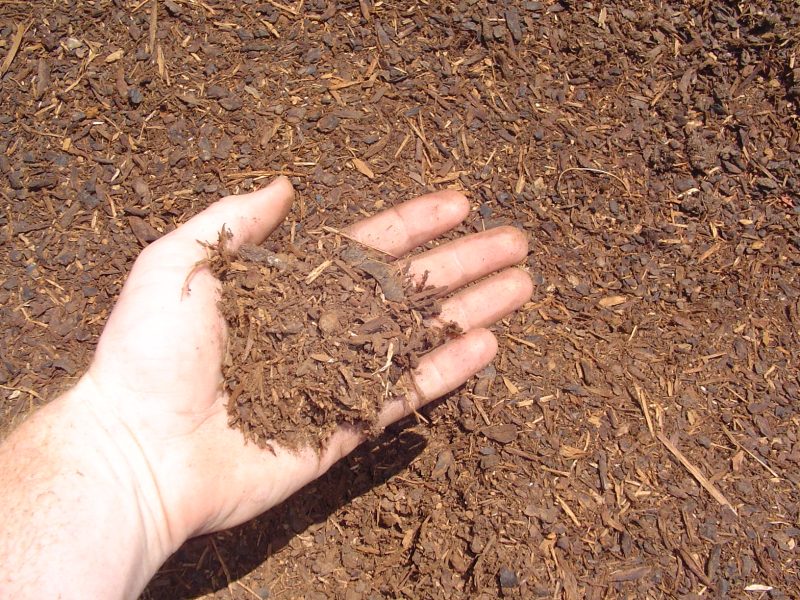
Humus has a dark brown color and gives coloring to the ground. Depending on its content, the soil has a light or dark color. The most fertile - chernozem, has the highest content and the darkest shade.
Composition and how humus is formed in the soil
What is soil humus determined, now we find out what it consists of. This substance is of complex chemical composition. Its basis is humic acid, which contains compounds that are very important for plant growth.
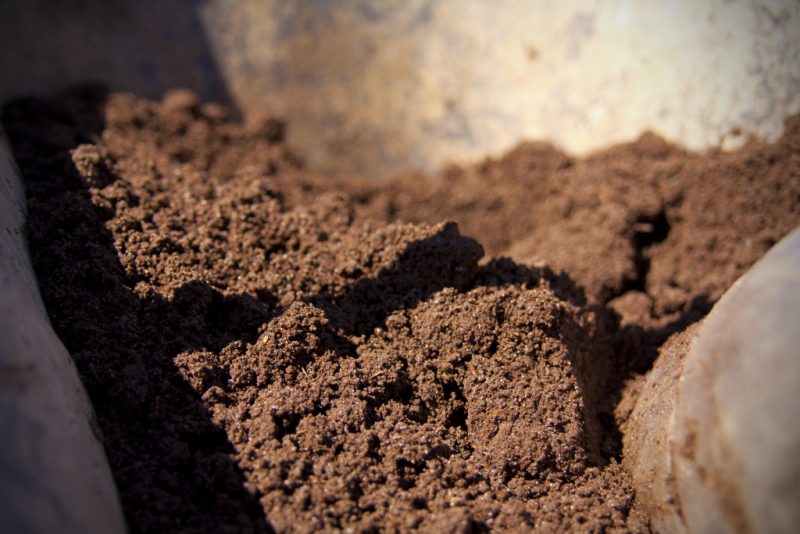
The composition includes:
- Humic acid.
- Fulvic acid.
- Gumins.
- Derivatives of acids: carbons (60%), oxygen (35%), phosphorus, sulfur, some other chemical elements.
The substrate has organic and inorganic components. Humates and fulvates - organic matter, inorganic part - various minerals. Humic acid does not dissolve in water, which slows its leaching from the soil.Dissolving it in alkalis and soda allows you to quickly absorbed by the roots of the plant.
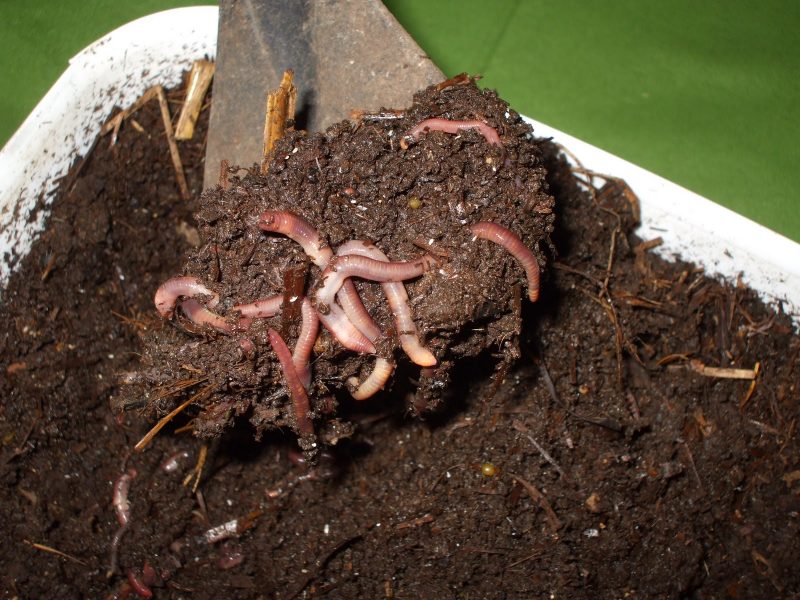
Fulvic acids are soluble in water, with the release of acid. Humins do not dissolve at all in water, nor in acids, nor in alkalis. This substance is stable, remains in the soil for a long time. All components are useful for plants.
The process of humus formation is quite lengthy. Everything that lands on the ground - animal remains, dead plants, fallen leaves, food waste, become food for organisms and bacteria living in the soil, their decomposition takes place.
The main inhabitants here are earthworms. In modern agricultural technology, California worms are specially grown for this. Absorbing all organic waste and passing it through their body, the worms perform the biosynthesis process. For the existence of microorganisms and the formation of humus, moisture, oxygen and heat are needed.
Humus soil classification
Different soils have different humus content in their composition. Depending on this, they are classified.
Low-noise
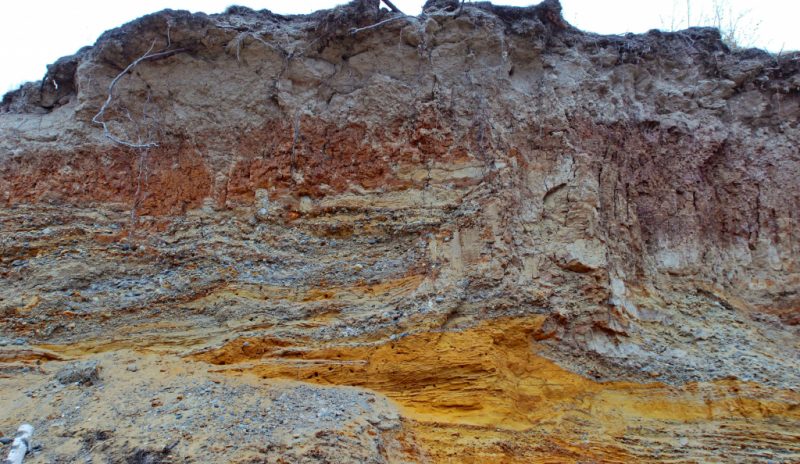
Contain 1% of the substance. They are classified as poor, infertile. These are mainly podzolic soils. They are characteristic of coniferous forests, humus does not form from dry needles, and there is no other vegetation. There are no conditions for the life of microorganisms.
Moderate humus
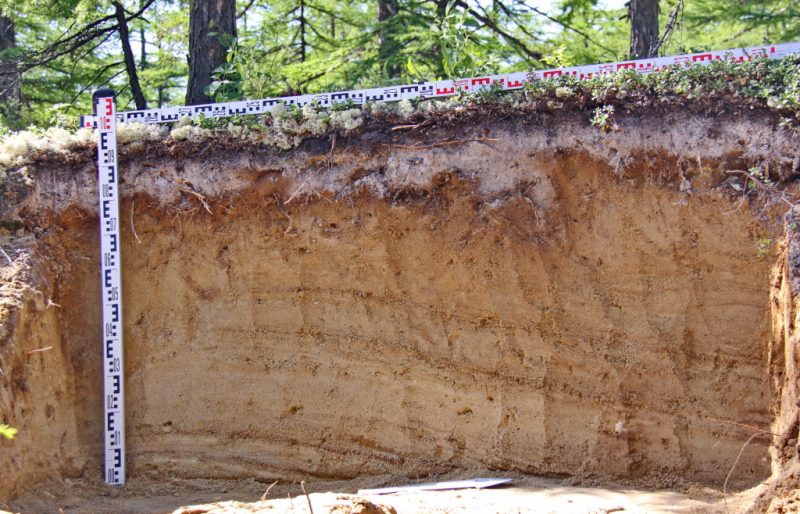
Contain up to 2% of the substrate. It is sod-podzolic, formed in deciduous forests where there is leaf litter, and grasses grow.
Medium humus
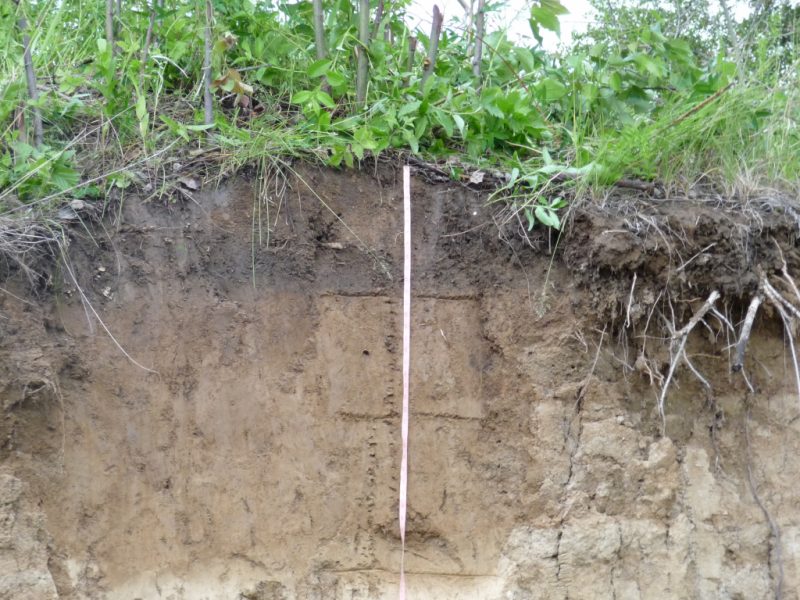
These soils contain about 3% of the substrate. These are gray forest soils, which after processing are used for sowing cultivated plants. They are considered quite fertile.
Humus
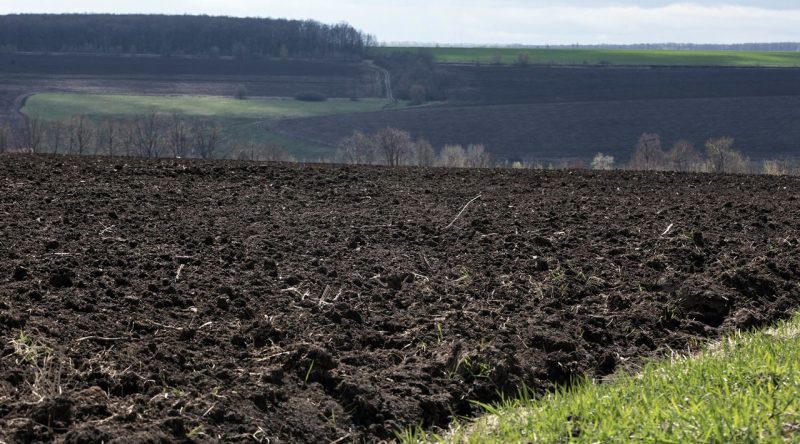
Contain from 3 to 6%. It is a rich fertile land. Suitable for growing vegetables, flowers. It is added to poor soil to increase fertility. Chernozems are classified as humus. The humus fraction in the chernozem reaches 10-12%.
Proper use of humus fertilizer
Humus is 90% water, its rich soils remain wet longer. Use humus fertilizer is useful for all types of crops, the main thing is to follow the norm. Plant roots well absorb nutrients from such soil, grow and develop.
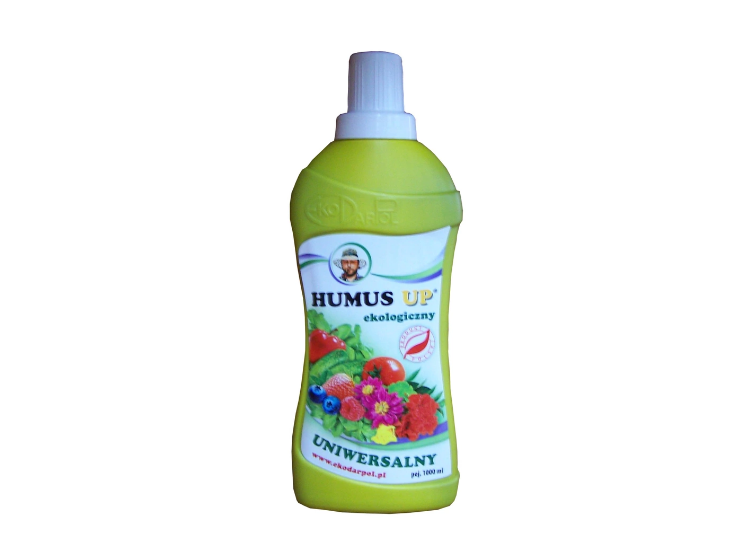
To simplify the nutrition of humus, special humic fertilizers are made. A solution of this fertilizer is ready for use, it is applied to various crops directly under the root.
When using them, certain rules should be observed:
- Humus fertilizer should not be applied if the soil is fertilized with not rotted manure. The interaction of these elements leads to a chemical reaction with the formation of heat. This negatively affects the roots of the plant.
- The amount of solution should be correctly calculated depending on the type of plant and soil characteristics.
- The solution can be used at all stages of the development of horticultural crops. This can be soaking seeds, watering seedlings, moistening the plant during flowering, budding and fruiting.
- It is good to spray green parts of the plant with humic fertilizer.
If you use fertilizer in the form of a substrate, it is applied to previously loosened soil, mixed with straw to extend its fertility, and to prevent rapid washing out by rain.
How to increase the level of humus in the soil
Every year, harvesting from the beds, we take out some of the useful elements. To increase fertility, use various methods. One method is to increase the composition of humus in it.

Let's look at a few ways to do this:
- Create your own stocks by making compost.
- Add to the beds and dig.
- Create conditions for the formation of a substance directly in the soil.
- Adhere to proper crop rotation on the beds.
The most simple and low-cost way is composting. On the site there is always something to put in a compost pile.All plant debris, tree branches, food waste are suitable for this purpose. If you add a little manure there, we get excellent fertilizer.
If you purchase a substrate in a store and bring it into the ground, you need to observe some conditions. The substance must enter directly to the roots of the plants. For bushes, it is closed to a depth of 0.5 m in each hole. On vegetable beds they are evenly distributed no deeper than 40-50 cm.
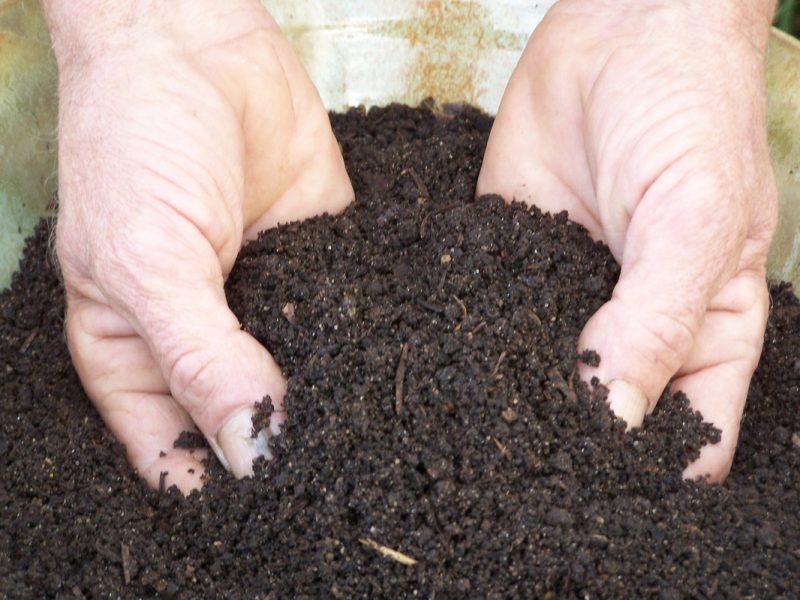
You should be aware that humus does not tolerate a high concentration of mineral salts when applied simultaneously. Their number should be no more than 1/3 of the total composition.
Humus is formed directly on the bed, if you create conditions for the propagation of worms and microorganisms there. The bed is mulched with various organic waste - grass, sawdust, peat, or covered with a film.
The soil under the mulch should be moist and loose. You can place California or ordinary earthworms there to speed up the process.

Here are the main positive properties of the substrate:
- Creates a healthy soil layer.
- Improves the soil structure, makes it more loose and breathable.
- Develops immunity in plants, makes them resistant to various diseases.
- Contribute to the destruction of heavy metals and radionuclides in the soil.
- Increases the binding and filtering capabilities of the soil.
For the good development and growth of horticultural crops, it is important to timely replenish the nutrient reserves in the soil, improve its structure, and make it more fertile. The use of humus makes a useful contribution to this process. Given that it is a natural substance, we contribute to the conduct of organic farming, which is useful for humans.












